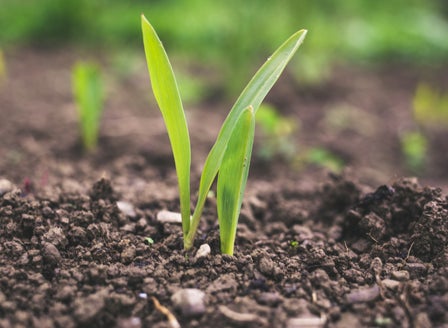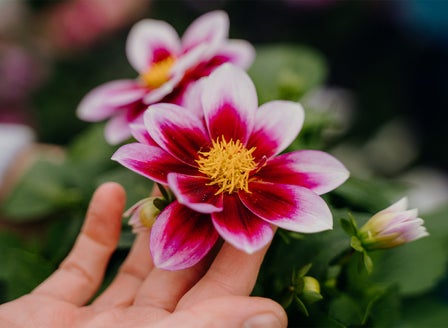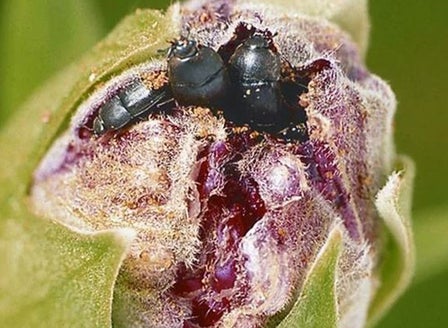Dahlias are a favourite plant of many gardeners thanks to their gorgeous and distinctive blooms. Spring is the time to plant dahlia tubers, and they will fill your garden with almost every colour of the rainbow. These plants are also exceptionally easy to grow in the garden or in pots and make fantastic flowers for floral work.
Planting Calendar
Dahlias are best planted between July and September for summer flowers.
Prepare
Position
Dahlias prefer to be planted in full sun with some protection from winds, particularly the taller varieties.
Soil
When planted into the ground Dahlias like a free draining soil that is rich in organic matter. To improve the organic content in your soil, break up the soil add Kings Compost and Kings Sheep Pellets then mix together well. When growing in containers, plant into Kings Potting Mix.
Plant
Dahlias are easy to care for and easy to plant in pots or in your garden. Start by planting the tuber into fertile, free-draining soil in a sunny position. Make sure the main growing tips are buried around 3 to 5 centimeters under the soil in your garden. Firm the soil down gently and water in well with Aquaticus Organic Garden Booster added to the water.
Care
Watering
Water slowly allowing the water to sink down into the roots, rather than allowing it to run off the top of the soils surface. Add Saturaid into the soil at planting as this will help channel the water deep down into the root zone. Consider setting up an automatic watering system – these can be simple and inexpensive. Water in the hotter months to keep the soil moist. Avoid getting water onto the leaves to lessen the chance of Mildew arising.
Feeding
Feed with Kings Bulb food at planting and again in summer. For healthy soil and strong healthy bulbs, liquid feed with Aquaticus Garden Booster monthly.
Protecting
Protect the new emerging growth form hungry slugs and snails be applying applications of Snail bait, if you have pets we recommend Tui Quash. Re-apply after rain.
Mulching
Mulching is not required with dahlias and this may cause the tuber to rot.
Spraying
Mildew can be a problem with dahlias, avoid getting the leaves wet and spray with Liquid Copper as a preventative. Caterpillars can also be a problem, spray with Organic Aquaticus Bugtrol to keep them under control.
Pruning
In autumn, cut the foliage down to approx 15cm above the ground. This will allow you to be able to see where the tubers are and makes lifting easier. Regular picking and deadheading will encourage further and prolonged flowering.
General Care
When using sprays, chemicals or fertilisers always read the label and follow the instructions. Apply sprays in the evening to avoid harming beneficial insects.
Beginner Tip
Smaller border dahlias are self-supporting, but the taller varieties of dahlias will benefit from some extra support with light bamboo stakes or plant supports.
Expert Tip
Whether in the garden or planted in pots, pinch back the main stem once your dahlias are around 25 centimeters tall. This will encourage a bushing effect to create more lateral stems, foliage and more flowering.
Top Varieties
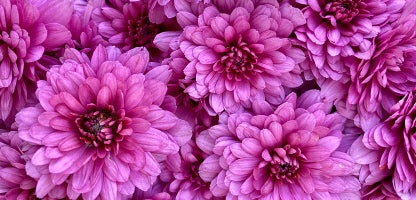
Decorative Dahlia
These classic dahlias come in a huge array of colours. Many of them even have multiple colours on the same flower! Growing up to 120 centimetres tall, these plants offer a gorgeous splash of colour without needing much effort when it comes to plant care.
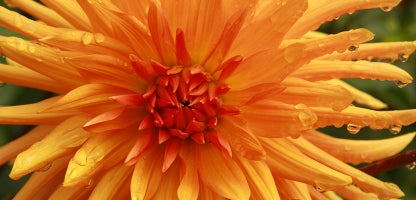
Cactus Dahlia
The distinctive cactus dahlia has thin spiky flowers, creating the appearance of a colourful ball of cactus-like petals. This variety is perfect for gardeners who are after something a bit different!
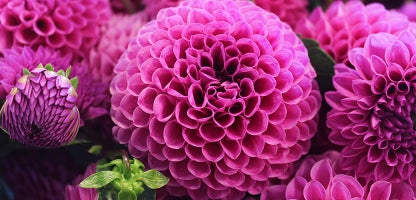
Pom Pom Dahlia
This variety has very round and neat florets that look like a compact ball of petals. These dahlias grow to around 80 centimeters tall and produce masses of smaller, stunning flowers.
Frequently Asked Questions
When is the best time to plant dahlias?
The best time to plant dahlias is from late October to November, after the last frost has passed and the soil has warmed up.
How often should I water my dahlias?
Water slowly allowing the water to sink down into the roots, rather than allowing it to run off the top of the soils surface. Add Saturaid into the soil at planting as this will help channel the water deep down into the root zone. Consider setting up an automatic watering system – these can be simple and inexpensive.
Do dahlias need to be fertilised?
Feed with Kings Bulb food at planting and again in summer. For healthy soil and strong healthy bulbs, liquid feed with Aquaticus Garden Booster monthly.
When do dahlias bloom?
Dahlias typically bloom from late summer to early autumn, peaking around February and March in Auckland.
What type of soil do dahlias prefer?
When planted into the ground Dahlias like a free draining soil that is rich in organic matter. To improve the organic content in your soil, break up the soil add Kings Compost and Kings Sheep Pellets then mix together well. When growing in containers, plant into Kings Potting Mix.
